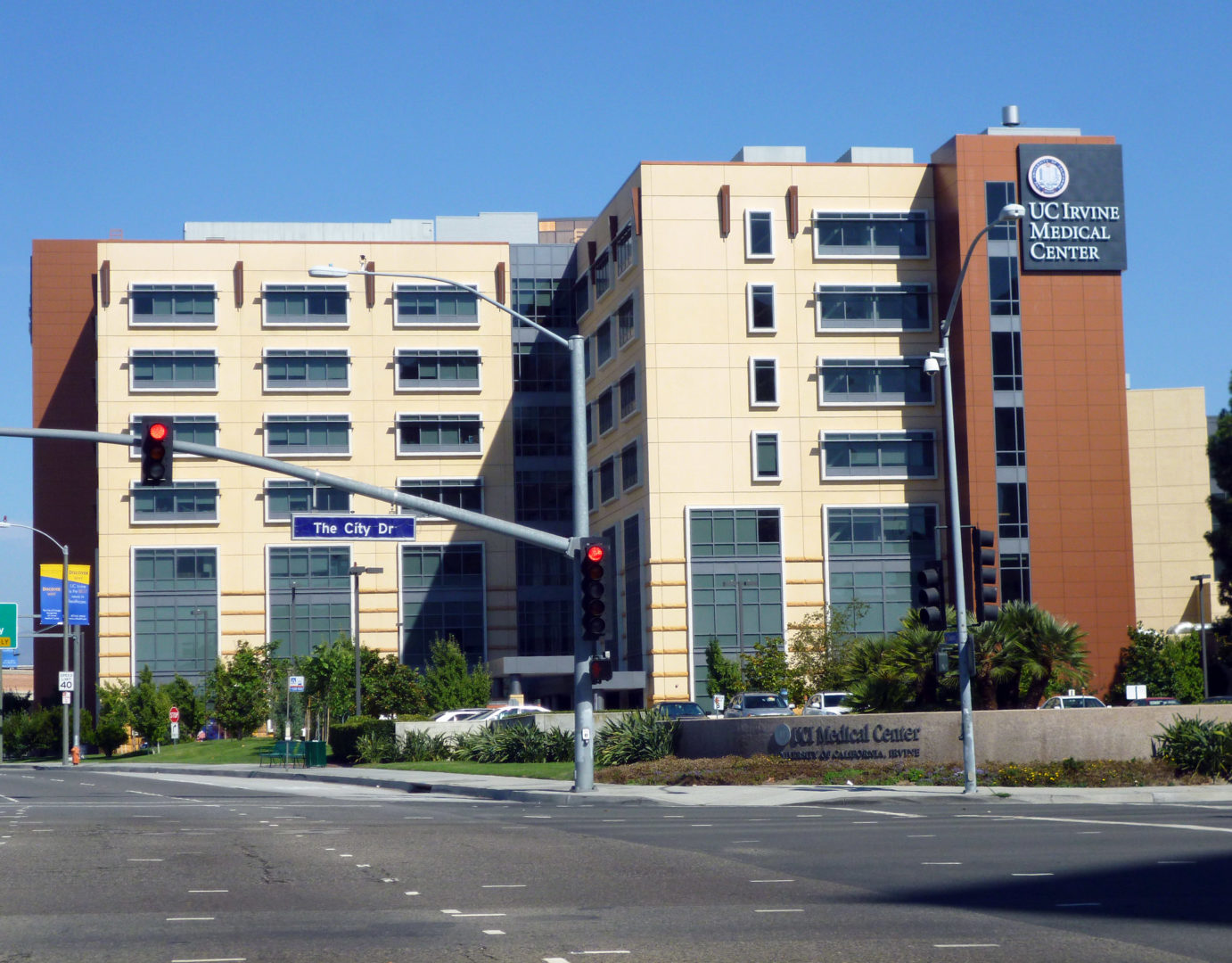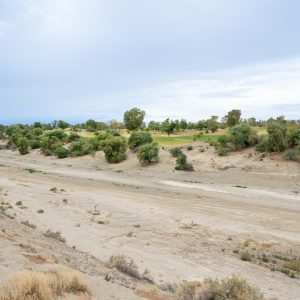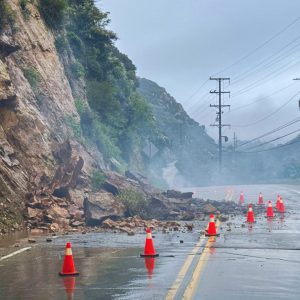 View Winners →
View Winners → 
UC Irvine scientists have published a study showing that Fourth of July fireworks spark plumes of pollutants that can pose significant health risks, so they are encouraging a reimagining of the typical Independence Day celebrations that are more environmentally friendly.
The lead author of the study, Amirhosein Mousavi, a postdoctoral scholar in UCI’s Program in Public Health, told City News Service the pollutants were worse last year because the COVID-19 quarantine restrictions spurred more individual backyard fireworks displays.
Instead of gathering with neighbors for fireworks displays, “everybody basically had a firework,” Mousavi said.
On average, Los Angeles County last year saw a 50% increase over 2019 in pollutants on the Independence Day holiday that were generated by fireworks, Mousavi said.
“That was so shocking,” he said.
Pollution was down during the lockdown restrictions because there were less people driving and more working from home, but that all changed as residents blasted off bottle rockets and other pyrotechnics, he said.
“People were needing to see some celebration because it was the Fourth of July, which I understand, but they didn’t choose one of the safer ones” that were suggested, Mousavi said.
The scientists compared the air with Northern California, where laws are more strict regarding fireworks, and there was less pollution up north, Mousavi said.
The UCI researchers were able to use newer technology to measure the pollution in the air. PurpleAir sensors were able to get more specific data on various areas.
Before, the data was from much larger geographical areas, which watered down what was happening in various neighborhoods more prone to fireworks activity, Mousavi said.
Of all the counties in California, Los Angeles County experienced the highest levels of fireworks-related airborne pollutants during the Fourth of July in 2019 and last year. Part of that has to do with the topography as ocean winds drive the pollutants east and the mountains block it in, he said.
The fireworks-related pollution was also twice as much in neighborhoods housing lower socioeconomic residents, more minorities and those with higher asthma rates, Mousavi said.
The fireworks-related pollution was higher in the northern cities of Orange County, where “safe and sane” fireworks are allowed, Mousavi said.
The larger, more organized fireworks displays put on by local governments are just as toxic as the backyard fireworks, Mousavi said.
“They could be replaced by much better” alternatives, such as “drone shows,” or laser displays, Mousavi said.
Drone shows are growing in popularity in Japan, for instance, Mousavi said.
The “younger generations” prefer the drone shows on holidays such as New Year’s Eve in Japan, Mousavi said.
“The drone shows are more sustainable,” he said.
An investment in drones will be much cheaper in the long run than setting off new batches of traditional pyrotechnics year after year, Mousavi said.
The pollutants generated by the fireworks can increase the risks of cancer as well as anxiety attacks for those with asthma, Mousavi said.
The pollutants can be sucked into the lungs and passed on to other tissues in the body, the researchers say. Fireworks contain barium, copper, magnesium, potassium and strontium.
“These fine particles are known to cause a wide range of adverse health effects, including premature mortality, respiratory and cardiovascular diseases, adverse pregnancy outcomes, and neurological diseases,” said Jun Wu, a UCI professor of public health who is a co-author of the study.




































































































